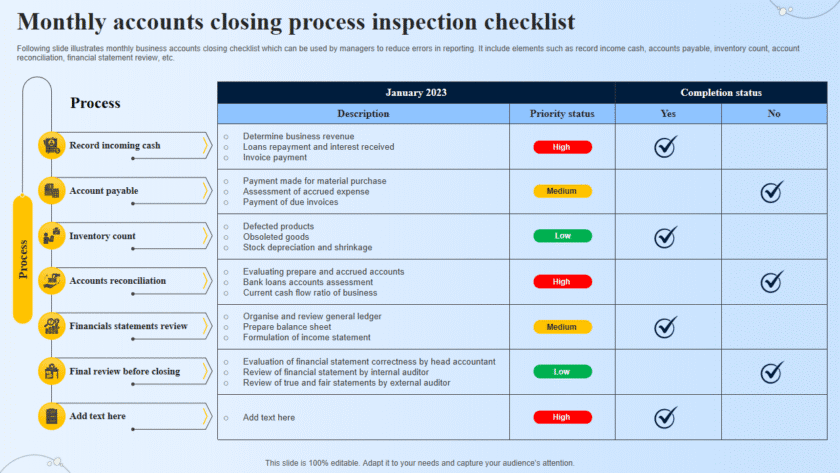The Importance of Cybersecurity in Web Development
Introduction
The Importance of Cybersecurity in Web Development: In an increasingly digital world, cybersecurity has become a critical concern for businesses and individuals alike. As more sensitive information is stored and transmitted online, the importance of securing web applications has never been greater. Cybersecurity in web development involves implementing practices and technologies to protect websites, web applications, and their underlying infrastructure from malicious attacks. This article explores why cybersecurity is vital in web development and how it can be integrated into the development process.
1. Protecting Sensitive Data
Overview: Web applications often handle sensitive information, such as personal details, financial data, and login credentials. A security breach can lead to unauthorized access to this data, resulting in identity theft, financial loss, and legal consequences.
Key Considerations:
- Data Encryption: Encrypting sensitive data both in transit and at rest ensures that even if data is intercepted, it cannot be read without the decryption key.
- Secure Authentication: Implementing strong authentication mechanisms, such as multi-factor authentication (MFA), can prevent unauthorized access.
- Data Minimization: Collecting only the necessary data reduces the risk associated with data breaches.
2. Preventing Cyber Attacks
Overview: Web applications are often targeted by various types of cyberattacks, including SQL injection, cross-site scripting (XSS), and distributed denial-of-service (DDoS) attacks. Effective cybersecurity measures can prevent these attacks from compromising the application and its data.
Common Attack Vectors:
- SQL Injection: Attackers manipulate SQL queries to gain unauthorized access to the database.
- Cross-Site Scripting (XSS): Malicious scripts are injected into web pages, potentially leading to data theft or session hijacking.
- DDoS Attacks: Large volumes of traffic overwhelm the server, causing the application to become unavailable.
Mitigation Strategies:
- Input Validation: Validating user inputs can prevent SQL injection and XSS attacks by ensuring that only expected data is processed.
- Web Application Firewalls (WAF): A WAF can detect and block malicious traffic, protecting the application from common attack vectors.
- Rate Limiting: Implementing rate limiting can mitigate the impact of DDoS attacks by controlling the number of requests a user can make in a given timeframe.
3. Maintaining Business Reputation and Trust
Overview: A security breach can significantly damage a company’s reputation and erode customer trust. Customers expect businesses to protect their data, and failure to do so can result in lost business and legal repercussions.
Implications of a Security Breach:
- Loss of Trust: Customers may lose confidence in a company that cannot protect their data, leading to decreased customer loyalty and potential loss of business.
- Legal Consequences: Regulatory frameworks, such as the General Data Protection Regulation (GDPR) and the California Consumer Privacy Act (CCPA), impose strict data protection requirements. Non-compliance can result in hefty fines and legal action.
Strategies to Maintain Trust:
- Transparency: Communicating security measures and practices to customers can build trust and reassure them that their data is safe.
- Incident Response: Having a robust incident response plan ensures a quick and effective response to security incidents, minimizing damage and restoring normal operations.
4. Ensuring Regulatory Compliance
Overview: Various regulations and standards govern data protection and cybersecurity, requiring businesses to implement specific security measures. Compliance is not only a legal obligation but also a critical component of a company’s overall security posture.
Key Regulations and Standards:
- GDPR: Applies to companies that process the personal data of EU citizens, requiring strict data protection measures.
- CCPA: Grants California residents certain rights regarding their personal information and imposes data protection requirements on businesses.
- Payment Card Industry Data Security Standard (PCI DSS): Specifies security measures for handling credit card information.
Compliance Measures:
- Data Protection: Implementing encryption, access controls, and regular audits can ensure compliance with data protection regulations.
- Security Policies: Developing and enforcing security policies and procedures helps maintain compliance and protect against cyber threats.
5. Implementing Secure Development Practices
Overview: Integrating security into the development lifecycle, also known as DevSecOps, ensures that security is considered at every stage of the development process. This proactive approach minimizes vulnerabilities and reduces the risk of security incidents.
Secure Development Practices:
- Threat Modeling: Identifying and addressing potential security threats during the design phase.
- Secure Coding: Following secure coding standards and practices to minimize vulnerabilities.
- Regular Security Testing: Conducting regular security assessments, such as penetration testing and code reviews, to identify and remediate security issues.
6. Future-Proofing Applications
Overview: Cyber threats are constantly evolving, and attackers are always finding new ways to exploit vulnerabilities. Staying ahead of these threats requires ongoing vigilance and adaptation of security measures.
Strategies for Future-Proofing:
- Continuous Monitoring: Implementing monitoring tools and systems to detect and respond to security incidents in real-time.
- Security Patching: Keeping software and systems up to date with the latest security patches and updates.
- Employee Training: Regularly training employees on security best practices and emerging threats to ensure they are aware and prepared.
Conclusion
Cybersecurity is a fundamental aspect of web development that cannot be overlooked. Protecting sensitive data, preventing cyberattacks, maintaining business reputation, ensuring regulatory compliance, and implementing secure development practices are all critical to building and maintaining secure web applications. As cyber threats continue to evolve, businesses must remain vigilant and proactive in their cybersecurity efforts to protect their applications, data, and customers.






